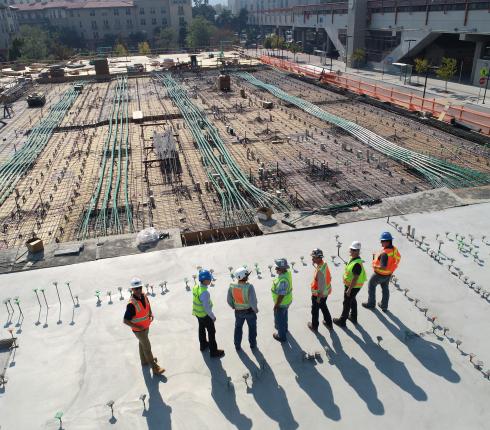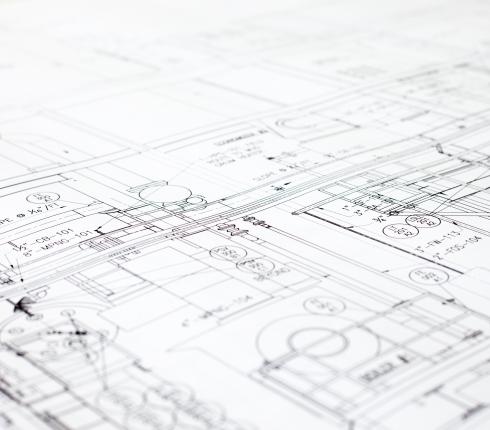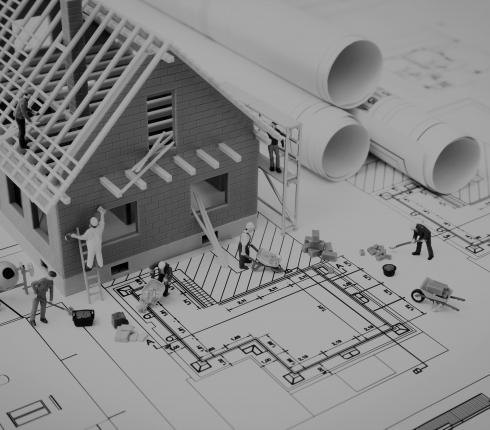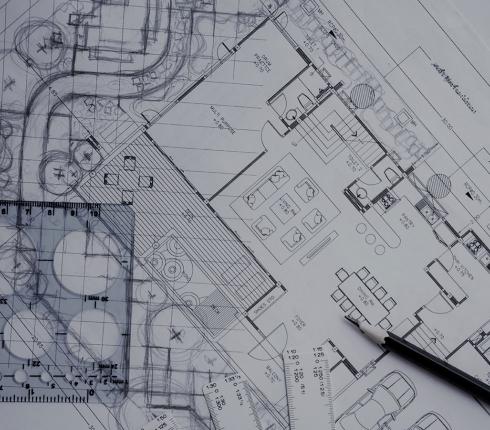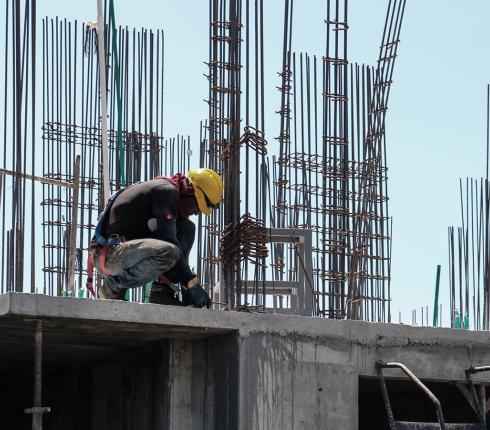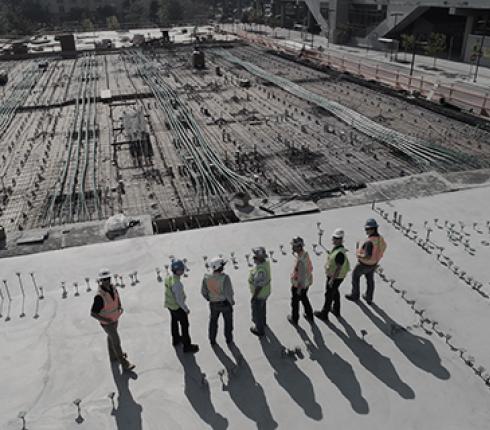NJORD Estonia: The importance of good construction practice in construction and disputes
The Estonian Building Code imposes an obligation to observe good construction practice in design and construction. Good construction practice is an undefined concept, especially since the components of good practice change and evolve over time – construction technologies, materials, work processes, and the functioning of the construction sector, so good practice must be seen in a context of a specific time and space.
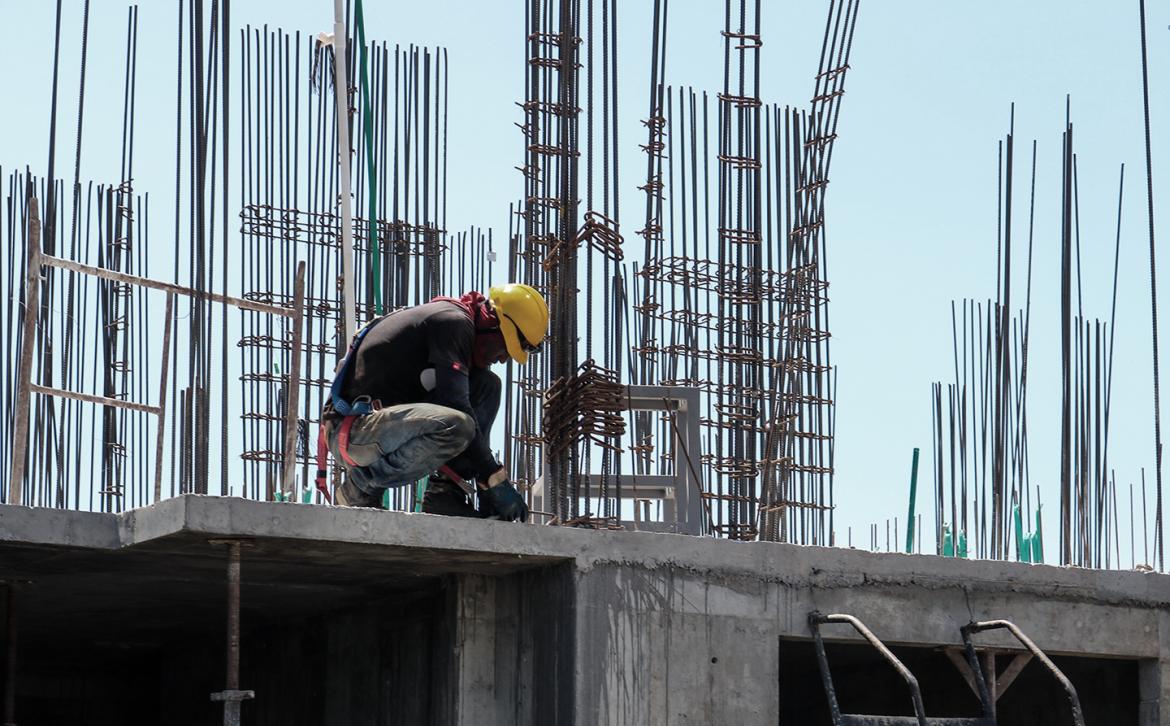
How is the concept of good construction practice presented?
As stated above, the legislation does not define good practice in the field of construction, but it follows from the Building Code that good practice is adhered to when the building is safe and environmentally friendly, constructed in accordance with the established requirements (the design requirements have been followed), and the principle of expertise (relevant professional knowledge and skills) have been applied. Applying the standards drawn up by various standardisation organisations, which include a technical specification of the construction activity and its outcome, is considered to be good practice with regard to construction quality. However, the concept of good construction practice is not limited to construction standards. Thus, in its judgment of 17 March 2010 in civil case no. 3-1-1-7-10, the Supreme Court of Estonia clarified that good construction practice can also be furnished with such construction requirements that do not arise from standards, but for example, from the opinions published in scientific literature, or the rules of professional organisations, or derived from the laws of nature. Thus, non-compliance with the standard does not automatically mean that the building is of poor quality and would result in losing in court if the builder can justify that he complied with other relevant building requirements known to him.
Are building standards recommended or mandatory?
Legislation in the construction sector contains references to standards but does not impose an obligation to comply with any specific standard. References in legislation to standards should be interpreted so that compliance with the relevant standard is one of the criteria for assessing the conformity of works or installations. Regarding the legal status of standards, the Estonian Chancellor of Justice issued an opinion in 2012 stating that the use of standards should not be made mandatory. This is due, among other things, to the fact that if the technical solution ruled by one standard becomes legally binding, the progress of technology and science will be limiting and thus depriving people of the opportunity to create products and services according to the latest and safest state of the art. At the same time, the Chancellor of Justice emphasised that the recommended nature of standards does not mean compromising the level of safety as prescribed by law.
The Estonian Supreme Court gave its interpretation of the nature of construction standards, according to which some of the requirements arising from the standards are mandatory. Namely, in its judgment of 30 November 2005 in civil case no. 3-2-1-131-05, the Supreme Court clarified that although standards are not legal acts, i.e., they are not mandatory by nature, the safety requirements contained therein are mandatory. The logic is that the standards specify and furnish the safety principles set out abstractly in the Building Code, according to which the building, construction and use of the building, and other activities related to construction must be safe. Thus, the standards for the safety of construction technologies and materials are not indicative but mandatory.
In practice, the use of standards facilitates the contractor's ability to demonstrate that the work performed complies with the requirements and good construction practice. However, if the contractor deviates from or does not comply with the standard, he must prove that the alternative solution he has chosen meets all the requirements of the legislation. Non-compliance with the standards may also mean non-compliance with good practice in a particular case and may lead to the contractor's liability to the customer.
It must also be taken into account that compliance with a specific construction standard when carrying out construction work is mandatory for the contractor if the parties have agreed that the quality of the work is determined by the compliance of the work performed with a specific standard. In such a case, the contractor is obliged to follow a specific agreed standard, and if the work does not meet the requirements of the standard, the customer may claim that the contractor is in breach of contract. However, if the customer has detailed requirements for construction quality, the customer's quality requirements should be analysed in conjunction with the requirements of the construction standard (to which reference is made in the contract) in order to avoid conflicts and problems in interpreting the contract and the subsequent reception of the work. Namely, the quality requirements desired by some customers may differ from the requirements specified in the standards.
The meaning of a building standard in litigation
If there is no agreement about quality in a contract for services and a dispute arises later, the court will, when establishing the quality, as a rule, proceed from the average quality requirement provided for in section 77-(1) of the Law of Obligations Act. This provision states that if the quality of the performance of a contractual obligation is not specified in the contract or the law, the contracting party must perform the obligation at least of average quality. Based on case-law, the assumption is that compliance with average quality means compliance with good construction practice, which may be furnished, inter alia, by means of standards. If there is no agreement on the quality of the construction and the contractor can refer to the relevant standard according to which the work has been carried out, it is highly probable that the court may consider the work to be of average quality. It means that in this case, there is no defect, and the contractor cannot be accused of breaching the contract. At the same time, it must be taken into account that when resolving a dispute over a construction object located in Estonia, the court primarily applies the good construction practice (incl. construction standards) set in Estonia. If there is no equivalent Estonian standard (for example, on the quality requirements for internal work), a foreign standard may be applied (e.g., the RYL standard for internal work, which is a Finnish standard).
In view of the above, it is recommended to determine and set the quality requirements and other conditions for the performance of construction work, which the parties consider important during the conclusion of the construction contract. If it is desired that a specific construction standard shall be complied with, this standard must also be referred to in the contract. Otherwise, the court may furnish the missing or disputed terms through good practice and apply a standard that the court deems appropriate.





